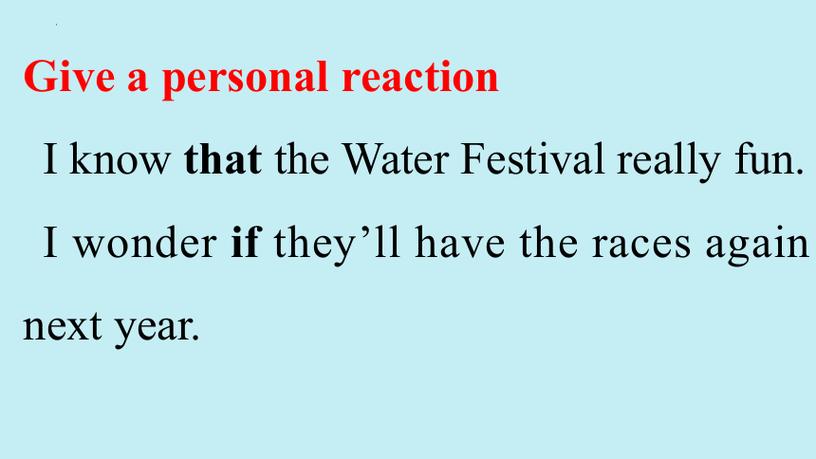
Does the Light Independent Reaction Require Water?
The light-independent reactions, also known as the Calvin cycle, are a crucial part of photosynthesis. They occur in the stroma of chloroplasts and are responsible for converting carbon dioxide into glucose. One of the most common questions about this process is whether water is required. Let’s delve into this topic and explore the various aspects of the light-independent reaction and its relationship with water.
Understanding the Light-Independent Reaction
The light-independent reaction is a series of enzyme-mediated steps that convert carbon dioxide into glucose. This process does not require light directly, hence the name. Instead, it uses the energy stored in ATP and NADPH, which are produced during the light-dependent reactions. The overall equation for the light-independent reaction is:

| Reactants | Products |
|---|---|
| 3 CO2 + 6 NADPH + 9 ATP | C6H12O6 + 6 NADP+ + 9 ADP + 8 Pi |
In this equation, carbon dioxide is fixed into a stable intermediate, and then it is reduced to form glucose. The ATP and NADPH are used to provide the necessary energy and electrons for this reduction process.
Water’s Role in the Light-Independent Reaction
Now, let’s address the main question: does the light-independent reaction require water? The answer is no, water is not a reactant in the light-independent reaction. However, water plays a crucial role in the light-dependent reactions, which are necessary for the production of ATP and NADPH. Here’s how water is involved:
Water Splitting in the Light-Dependent Reactions
In the thylakoid membranes of chloroplasts, water molecules are split during the light-dependent reactions. This process, known as photolysis, releases oxygen, protons, and electrons. The overall equation for water splitting is:
| Reactants | Products |
|---|---|
| 2 H2O | 4 H+ + 4 e- + O2 |
The oxygen produced is released into the atmosphere, while the protons and electrons are used to generate ATP and NADPH.

Water’s Indirect Role in the Light-Independent Reaction
Although water is not a direct reactant in the light-independent reaction, it indirectly contributes to the process. The ATP and NADPH produced during the light-dependent reactions are essential for the reduction of carbon dioxide to glucose. The electrons from NADPH and the protons from ATP are used to convert carbon dioxide into glucose. This conversion process is known as the Calvin cycle.
Conclusion
In conclusion, the light-independent reaction does not require water as a reactant. However, water plays a crucial role in the light-dependent reactions, which are necessary for the production of ATP and NADPH. These energy carriers are then used in the light-independent reaction to convert carbon dioxide into glucose. Understanding the intricate relationship between water, light, and the Calvin cycle is essential for comprehending the process of photosynthesis.




